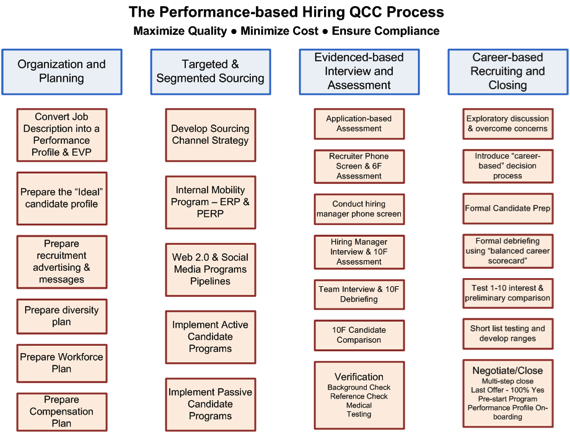The directives facing HR leaders in 2012 are clear: align with the business, engage employees, and remain flexible enough to tackle the unexpected.
Today’s HR leaders are uniquely positioned to transform isolated HR processes into an integrated, dynamic, enterprise-wide initiative. This transformation has the potential not only to align HR objectives with overall business objectives but to increase engagement and overall company performance.
Yet, in a world of uncertainty, how can organizations achieve this goal? What are the talent and workforce priorities for 2012?
Key takeaways for 2012
How can technology help drive this change? Aberdeen’s latest HR Executive Agenda helps answer these questions by outlining the lessons learned from 2011 and projecting the most critical trends for 2012.
Below are a few key takeaways to help you prepare for 2012:
- Improve knowledge of customers: Over 70 percent of both HR and line-of-business respondents identified the ability of executives to connect HR initiatives with business priorities as one of the most important skills for the future HR leader. Yet “understanding the organization’s industry and customers” is a skill that falls short for most of HR professionals (cited by 32 percent of line of business respondents and just 25 percent of HR respondents as a critical skill). Aligning with the business is not enough. HR needs to understand the core of the business, the customer.
- Invest in workforce planning: Workforce planning has become a buzzword in HR. Nearly half of Best-in-Class organizations are looking to identify gaps between the supply and demand of talent in order to meet specific business requirements. This approach transcends traditional headcount analysis by including skill gap analysis and scenario planning. The ability to identify these gaps gives HR the insight needed to prepare for current and future business needs.
- Engagement needs to come first: Employee engagement was identified as one of the top challenges facing today’s business leaders in Aberdeen’s Quarterly Business Review. Employee engagement has never been more critical for HR. Engagement is not an HR initiative, it is a business initiative. Engagement is also a true indicator of organizational development an growth.
- Assessments will drive results: The top technology differentiating Best-in-Class organizations was assessments. One reason is that assessments drive organizational performance. Organizations that invest in assessments have an advantage: 10 percent greater organizational goals achieved, 28 percent higher employee engagement, 64 percent increase in quality of hire.
- Technology enables innovation: Talent acquisition, learning management and performance management continue to remain high-growth markets for a number of reasons including market churn, globalization, and growth in the mid-market. Nearly half of the survey respondents were dissatisfied with their current systems and looking to invest in more innovative technology. Not surprising that one of the top strategies for leading companies is fostering a culture of innovation.
